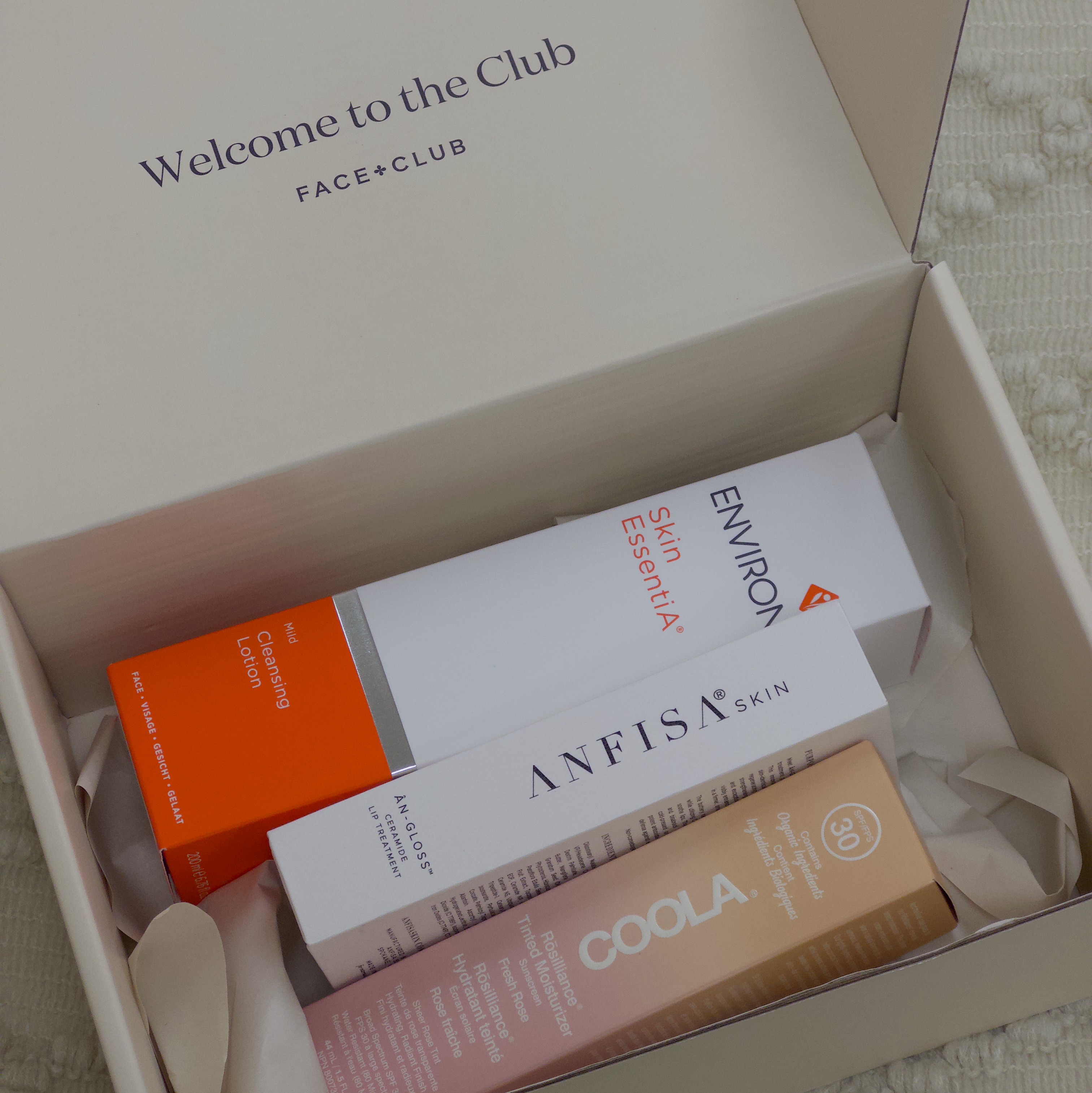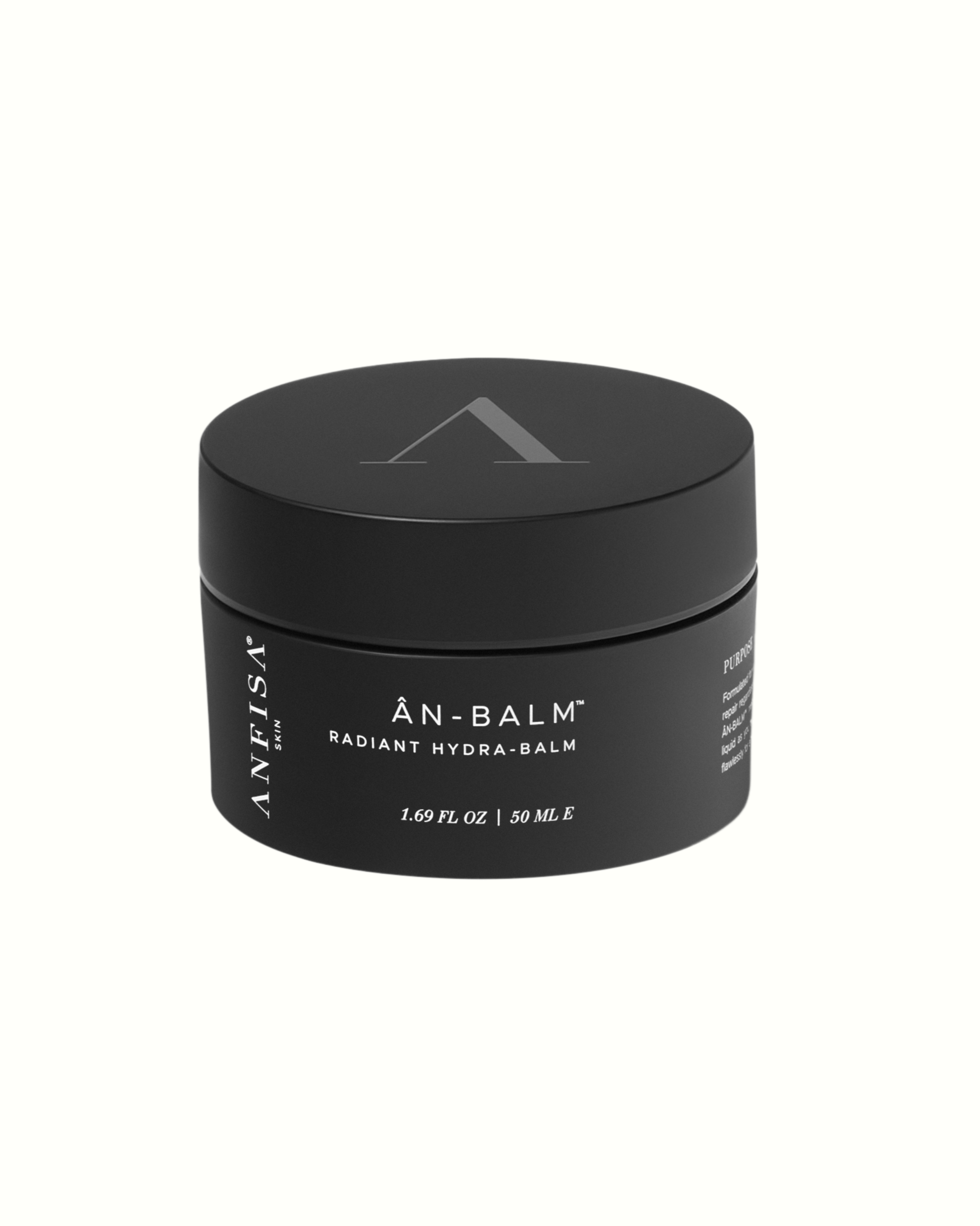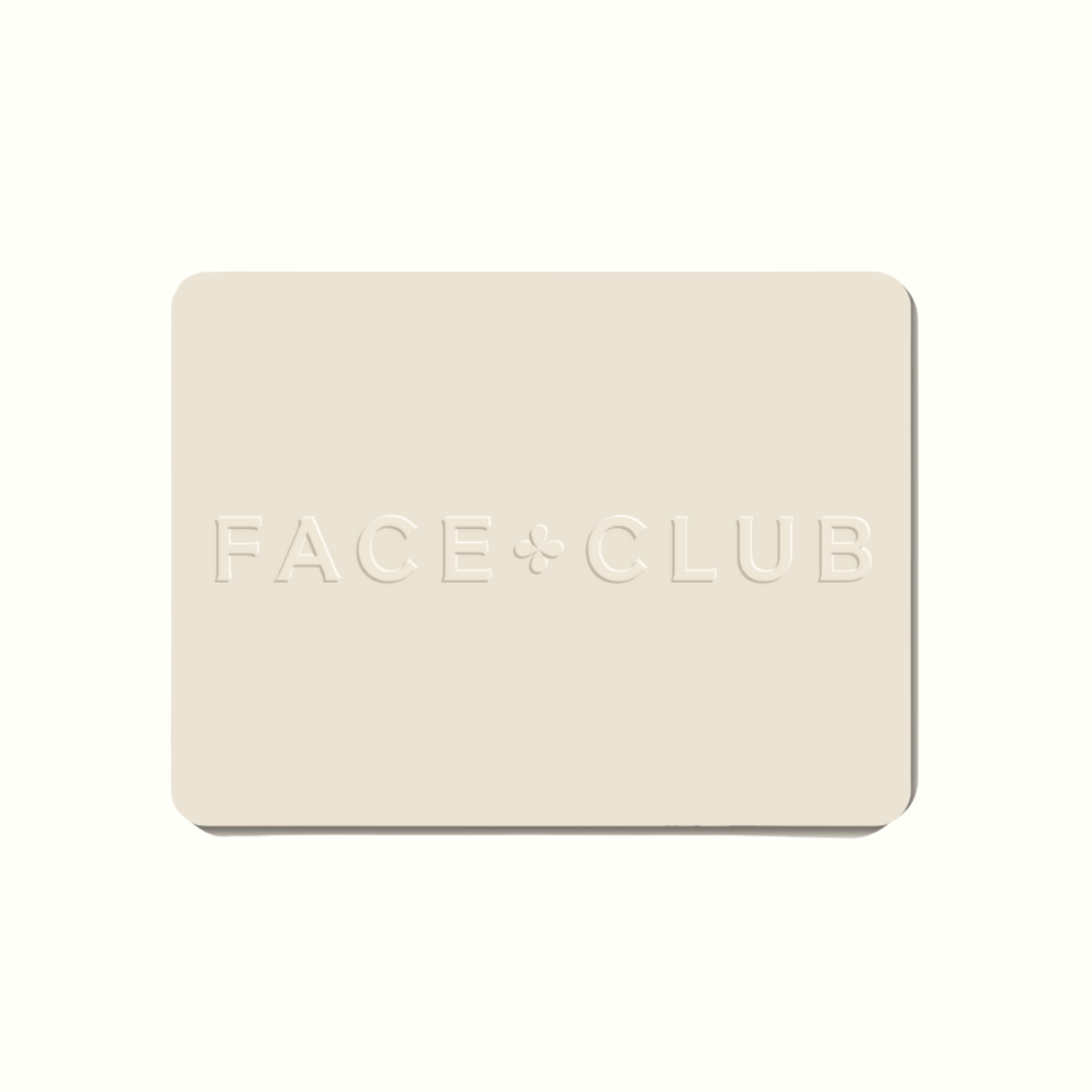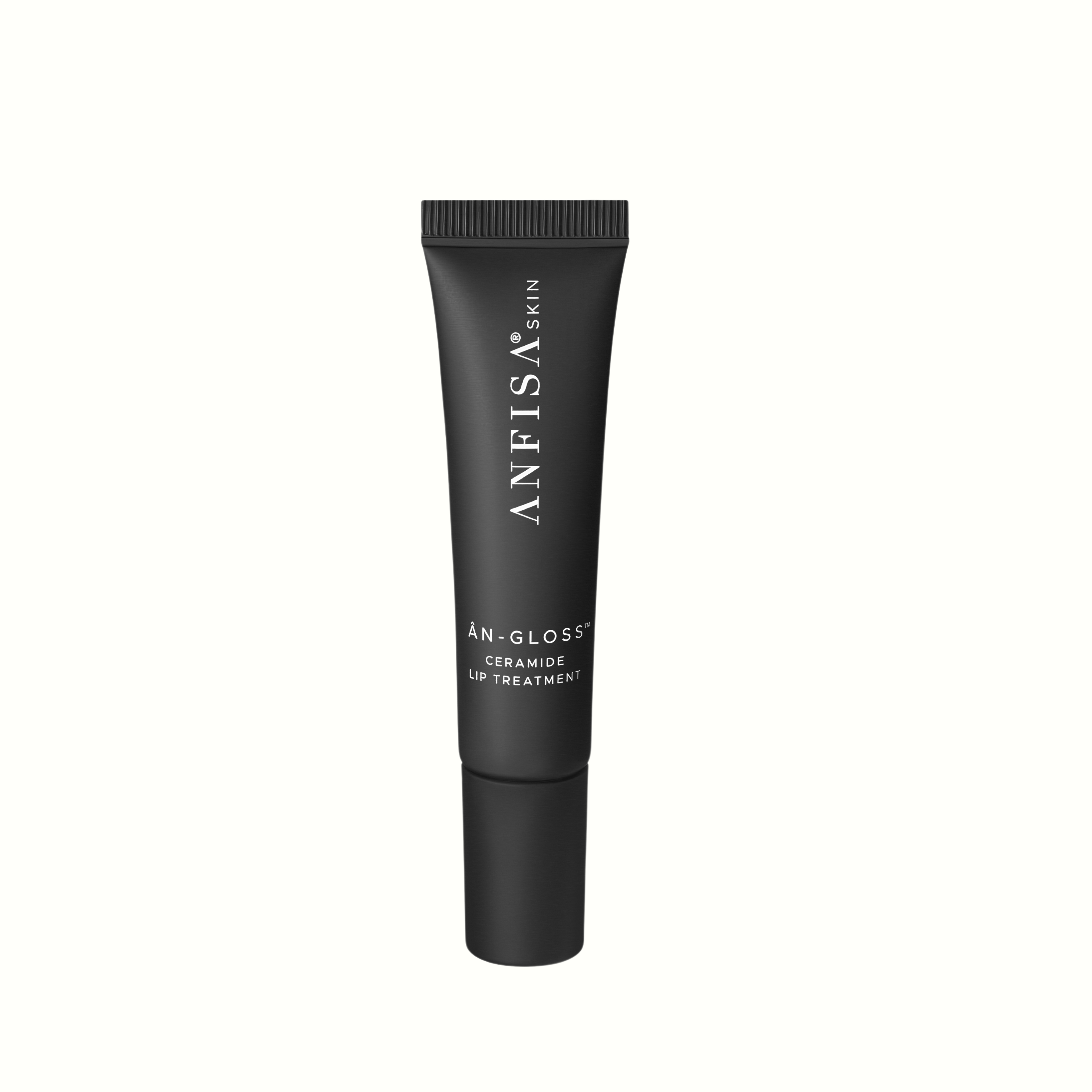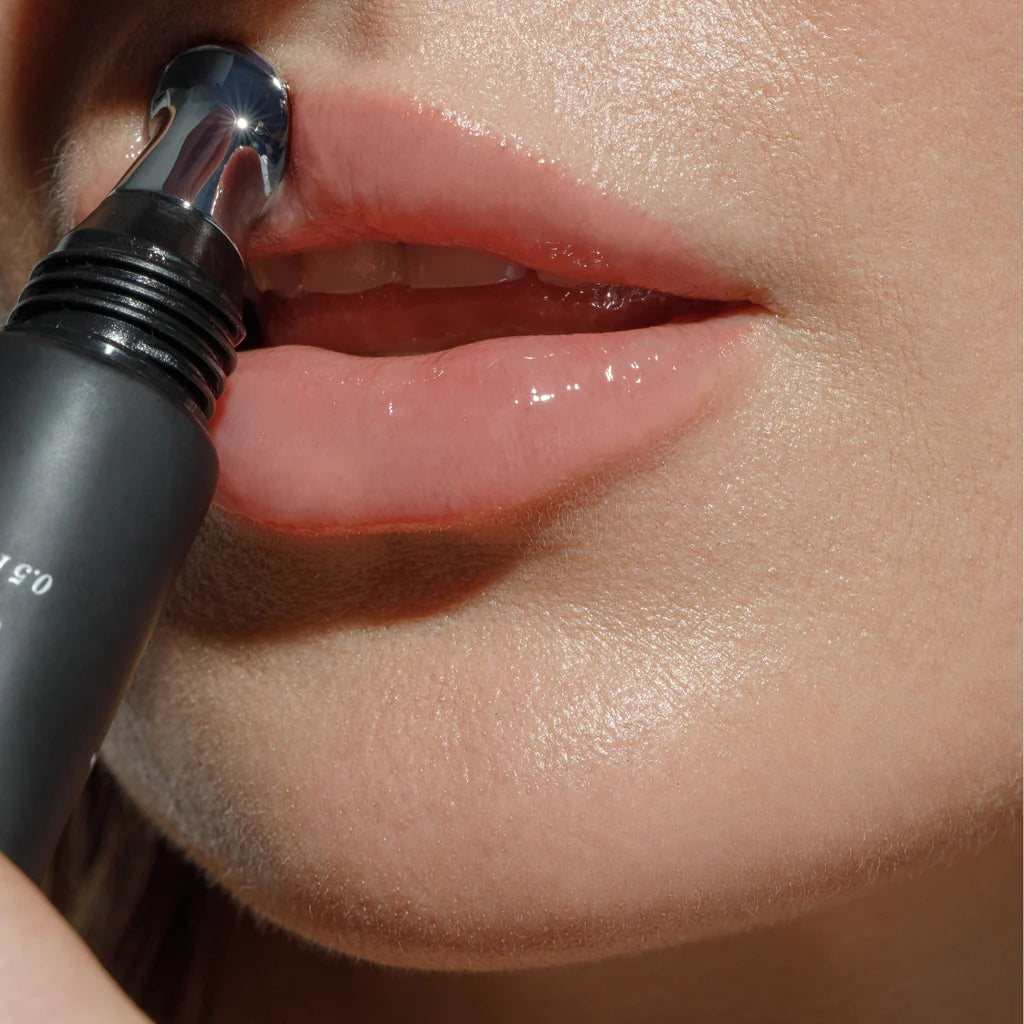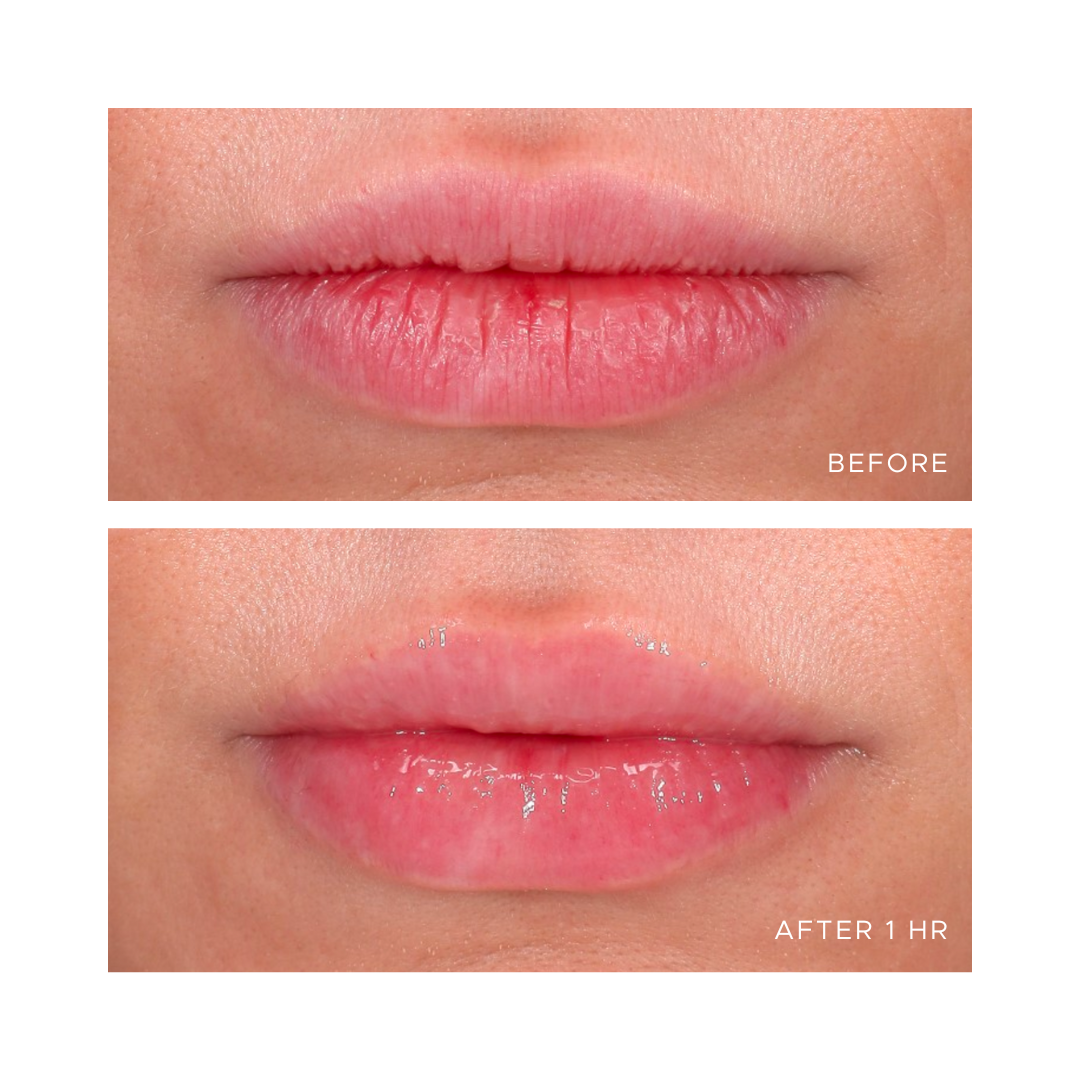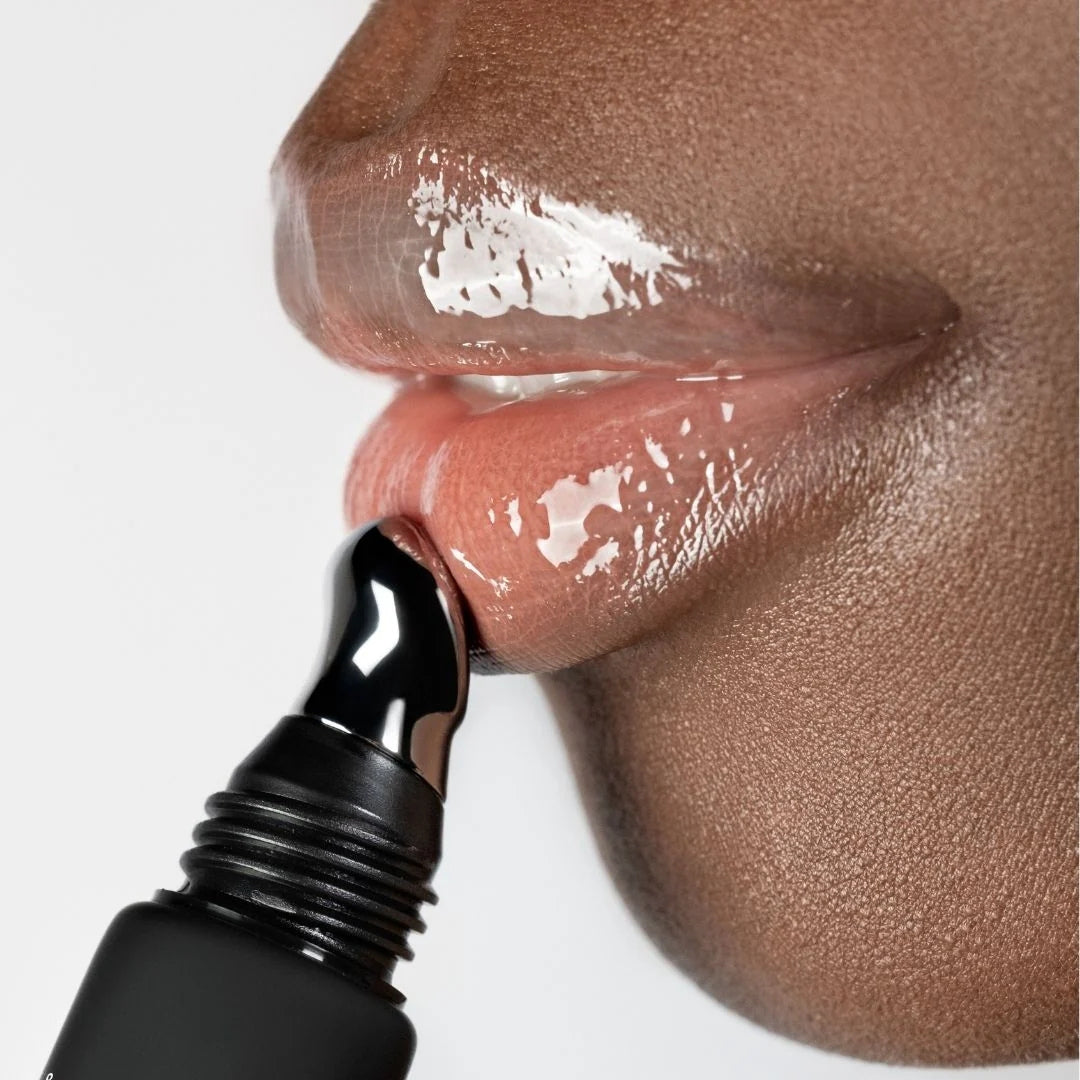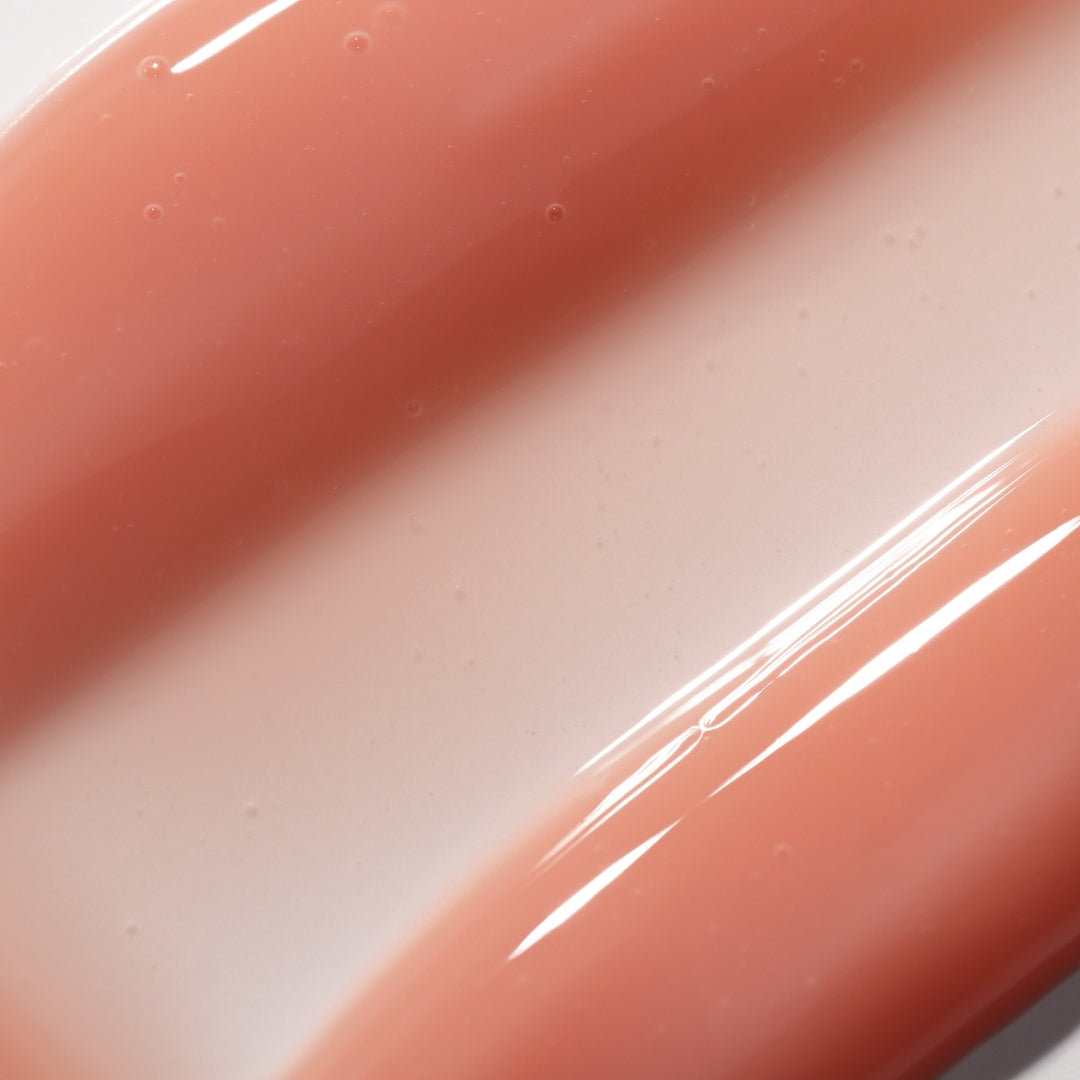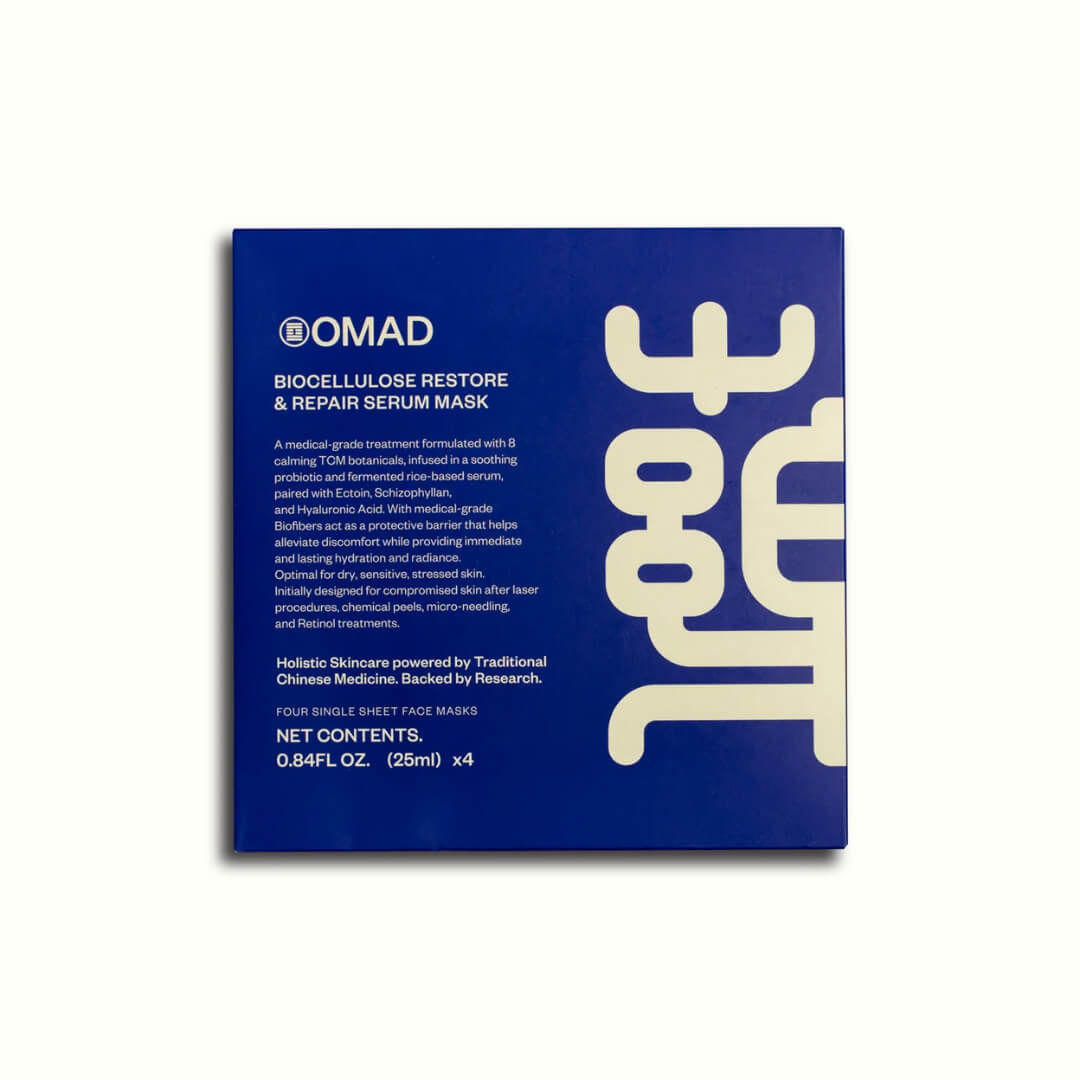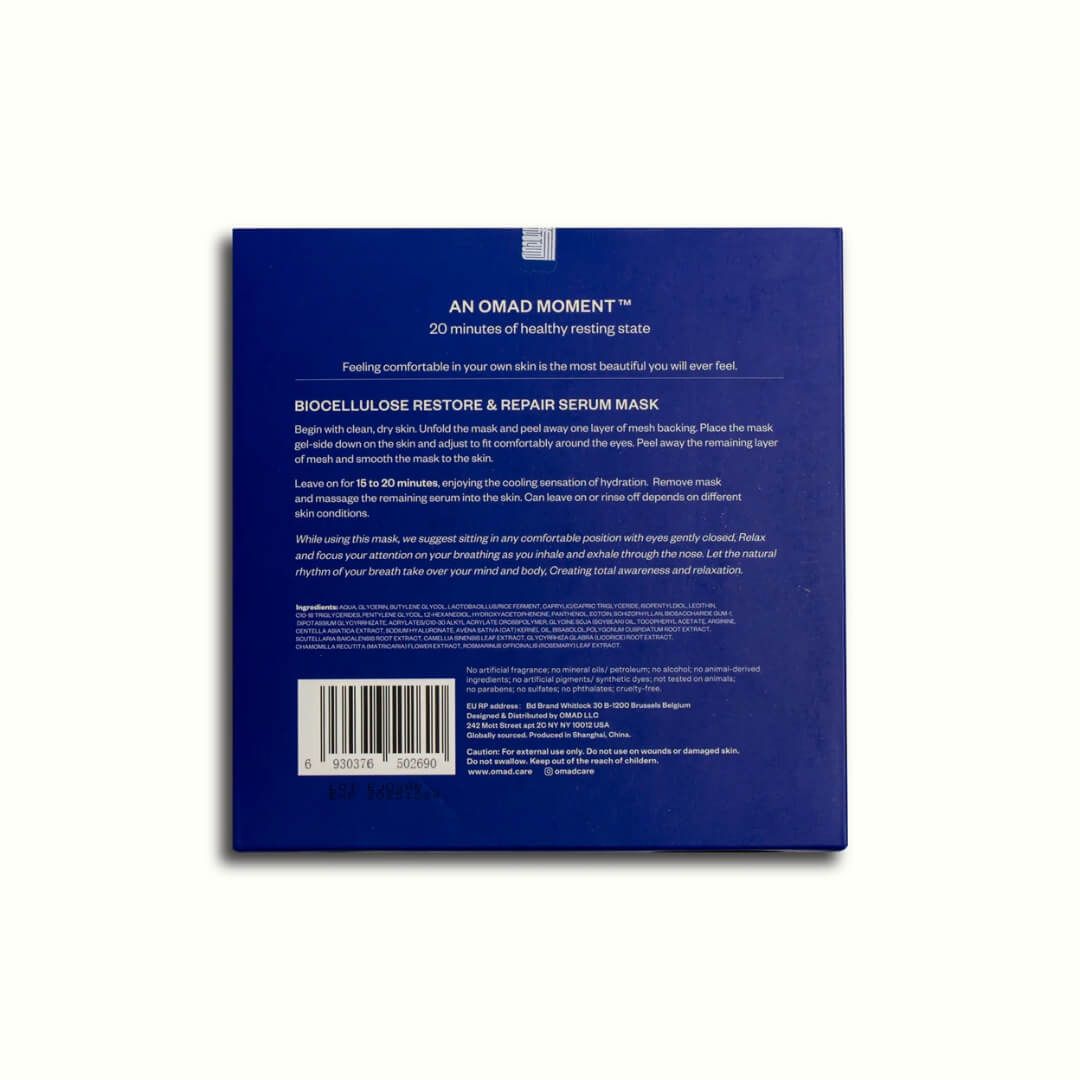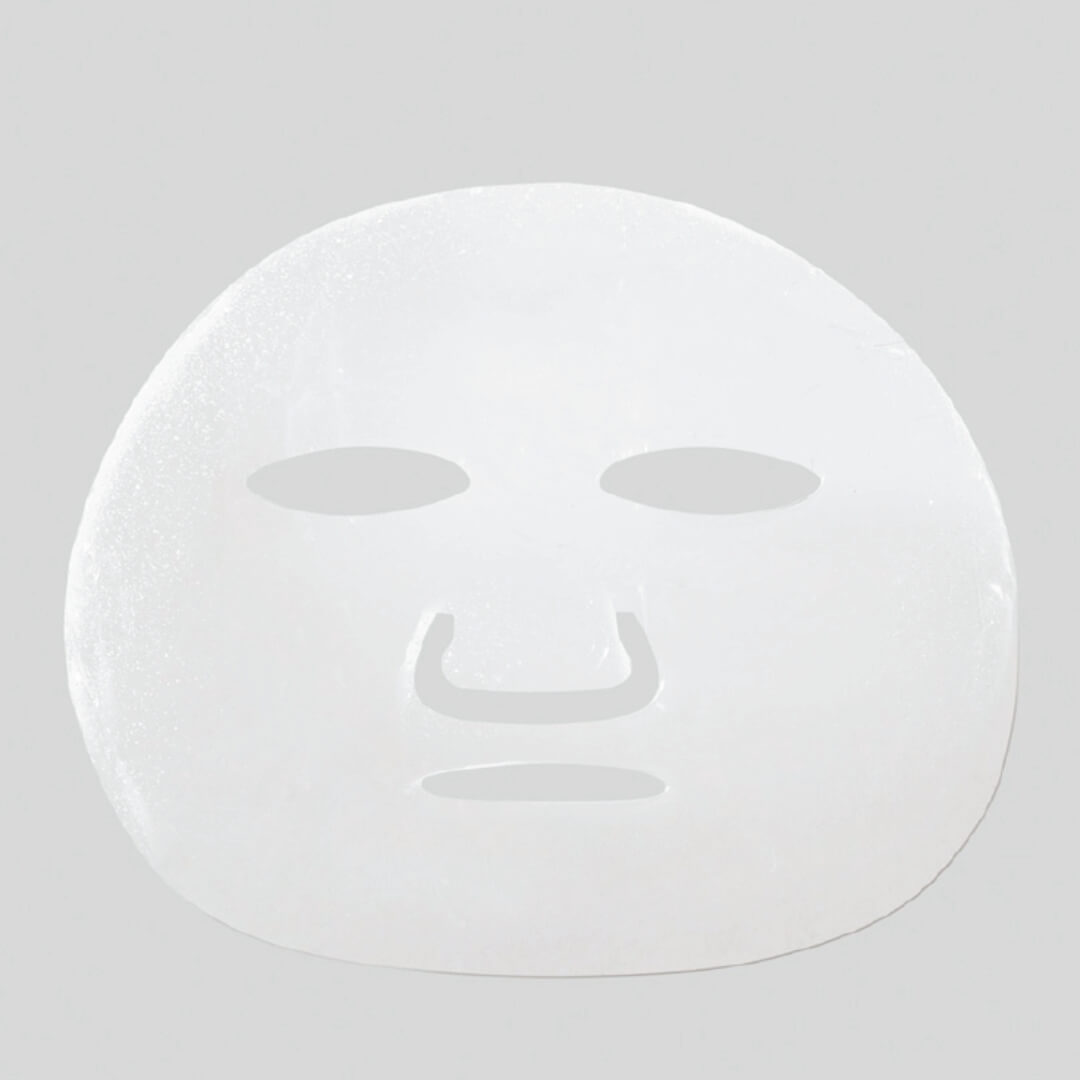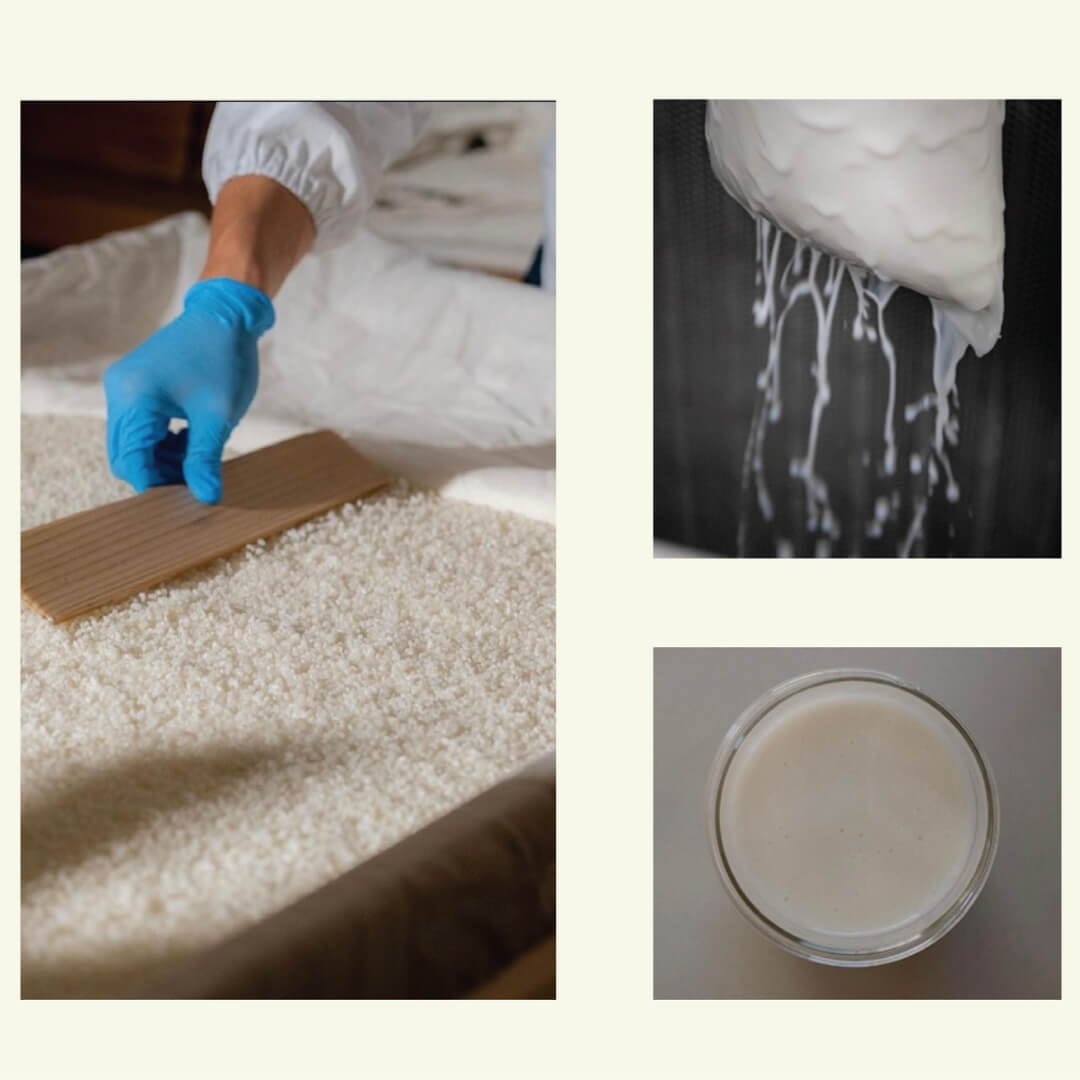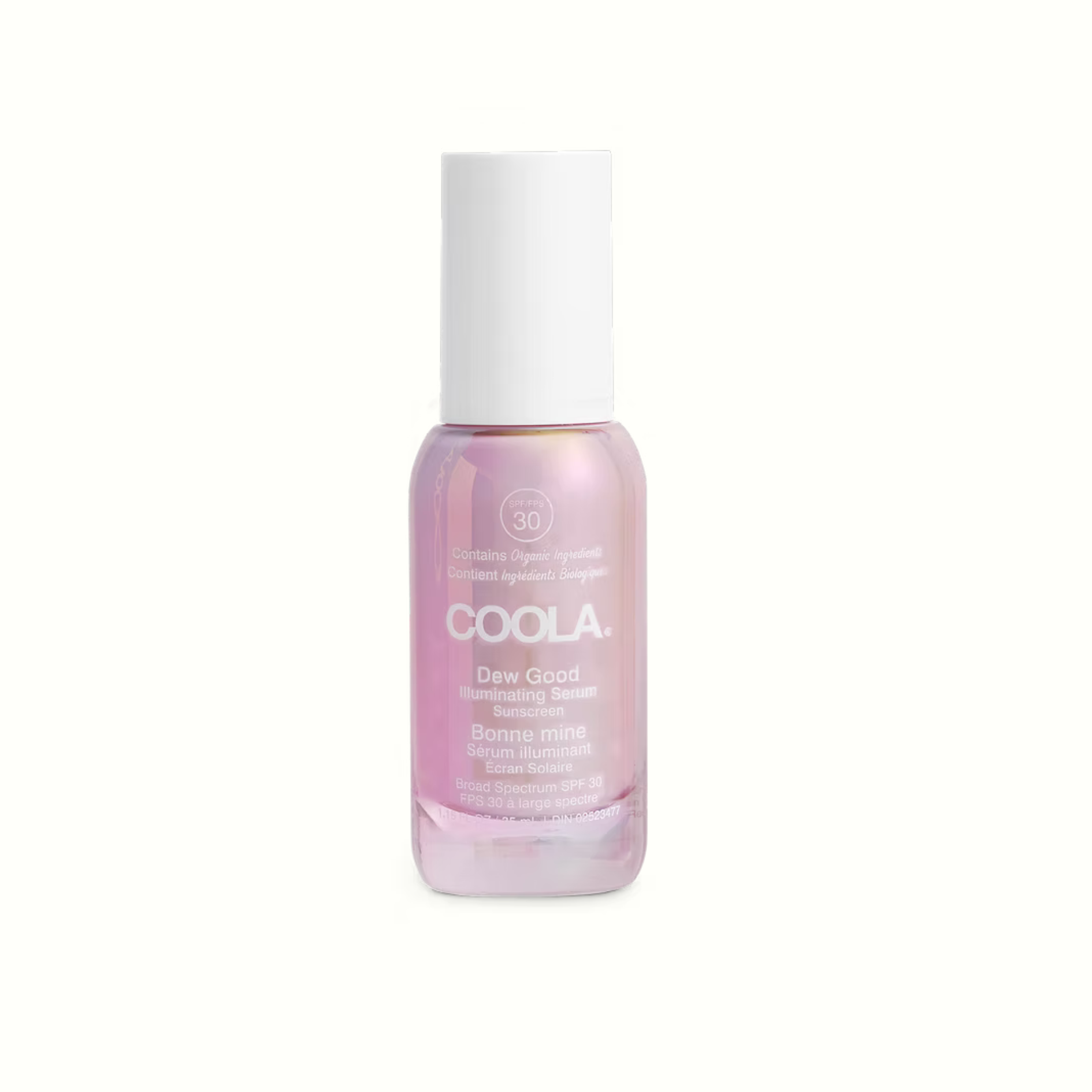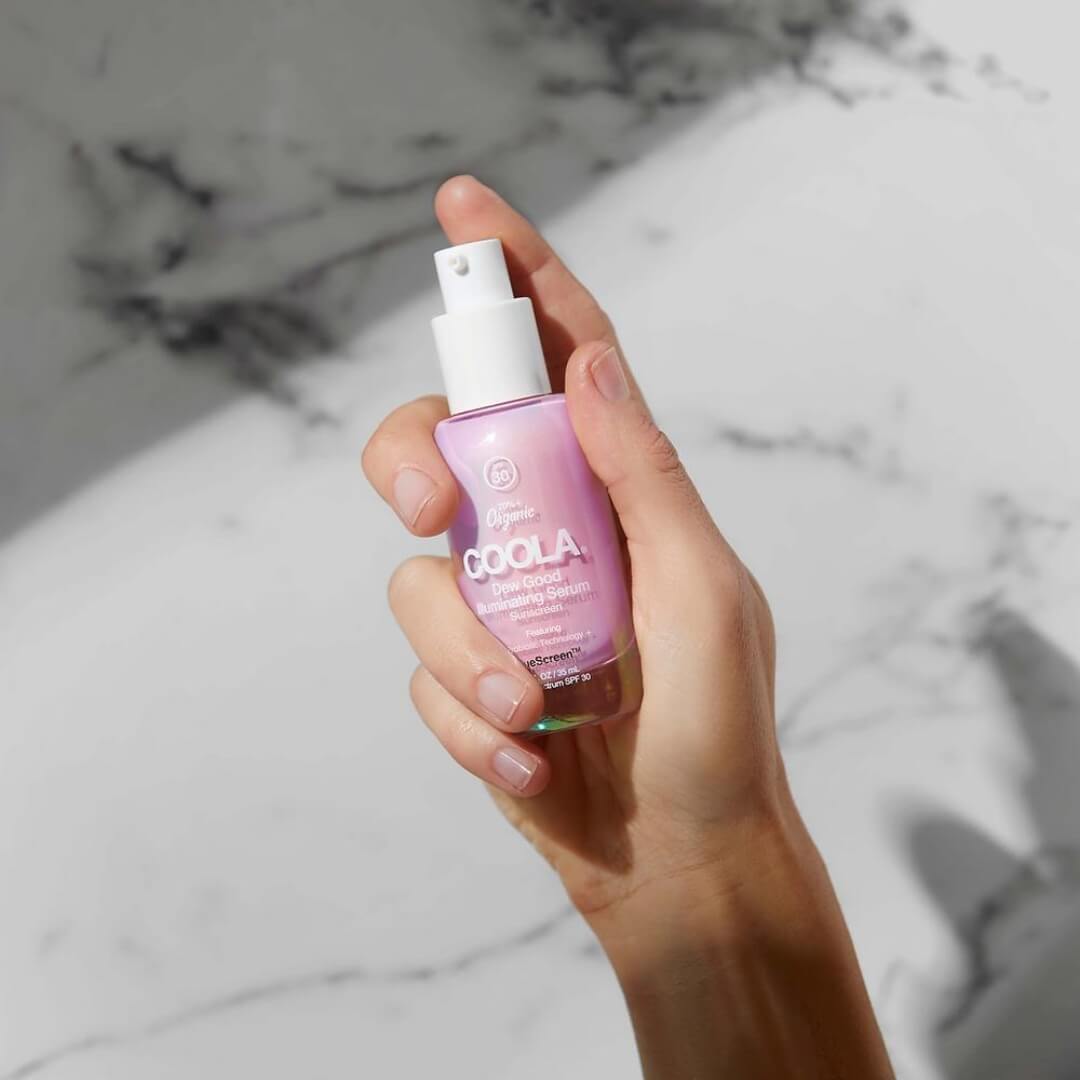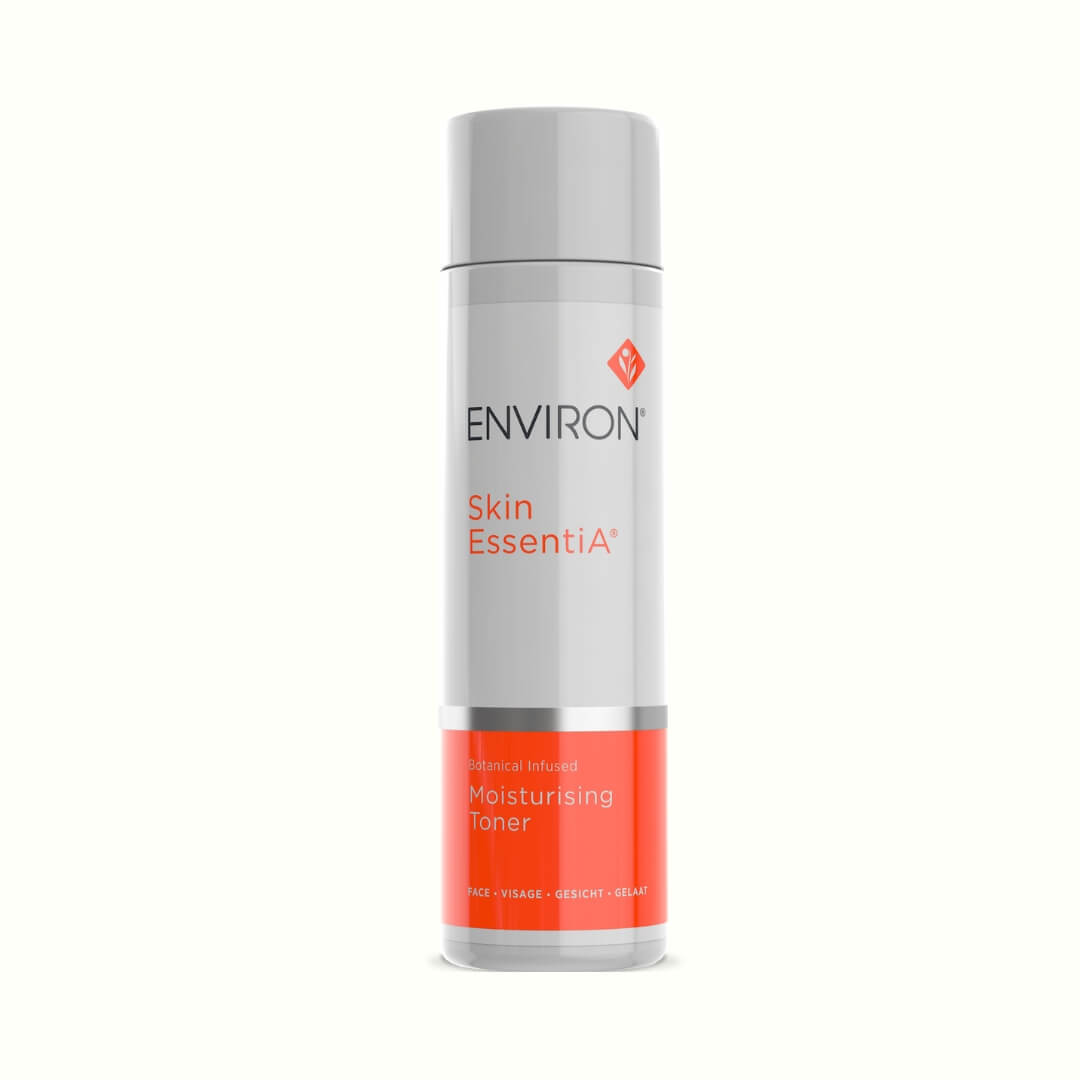The terms ‘dry’ and ‘dehydrated’ are often used interchangeably when it comes to skin - but they are not the same, and they require different approaches to treat. In this guide, we’ll break down the key differences and provide expert-recommended products that specifically target each concern.
What Is Dry Skin?
Definition:
Dry skin is a skin type that lacks oil (lipids). Unlike dehydrated skin, which is a temporary condition, dry skin is a genetic predisposition. The skin produces less sebum (natural oils), making it more prone to flakiness, irritation, and a compromised barrier.
Signs of Dry Skin:
-
Flakiness and rough texture – The lack of oil causes dead skin cells to accumulate.
-
Tightness and discomfort – Especially after cleansing, as there isn’t enough oil to lock in hydration.
-
Redness and sensitivity – A compromised barrier makes skin more reactive.
-
Fine lines due to dryness – Skin that isn’t properly nourished can show premature signs of aging.
Common Causes:
-
Genetics (natural predisposition to low sebum production)
-
Harsh weather conditions (cold, dry climates)
-
Aging (skin produces less oil over time)
-
Overuse of stripping cleansers or exfoliants
What Is Dehydrated Skin?
Definition:
Dehydrated skin is a skin condition that occurs when the skin lacks water, rather than oil. This can be due to a compromised skin barrier, lack of water intake in the diet, or extreme weather conditions. Dehydrated skin leading to dullness, tightness, and an increase in fine lines.
Signs of Dehydrated Skin:
-
Dull complexion – Lack of water makes skin look lifeless.
-
Increased fine lines and crepiness – Unlike dry skin, these lines fade when properly hydrated.
-
Tightness, even when oily – A key sign is feeling both greasy and tight at the same time.
-
Dark under-eye circles – A common side effect of insufficient hydration.
-
Sensitive and reactive skin – Dehydration weakens the skin barrier, making it more susceptible to irritation.
Common Causes:
-
Not drinking enough water
-
Excess caffeine or alcohol consumption
-
Overuse of harsh skincare products
-
Environmental factors (air conditioning, heating, travel)
-
Poor sleep quality
Skincare Routine for Dry Skin
Dry skin needs nourishment and a strong skin barrier. Focus on rich, lipid-based products that restore moisture and prevent moisture loss.
Step 1: Gentle Cleansing
Cleansing Milk with DMS – A milky, lotion cleanser that replenishes lipids and removes impurities without stripping the skin.
Step 2: Treatment Toner
Suusmoon Lotion N – A deeply moisturizing toner that supports the skin’s lipid barrier, making it ideal for dry skin.
Step 3: Repairing Moisturizer
DMS Base Cream High Classic Plus – A nourishing moisturiser that contains skin barrier mimicking ingredients like phosphatidylcholine and ceramides.
Step 4: Intensive Moisture Boost
Ân-Balm Radiant Hydra-Balm – An ultra-rich balm that provides an intensive dose of antioxidants and botanicals to help soothe irritation. Perfect for dry, compromised skin needing extra nourishment.
Skincare Routine for Dehydrated Skin
Goal: Increase and Retain Water Content in the Skin
Hydration is key. Look for humectants like hyaluronic acid, glycerin, and lightweight hydrators that draw in water and prevent TEWL (trans-epidermal water loss).
Step 1: Hydrating Toner
Botanical Toner – Enriched with a blend of plant-extracts and gentle exfoliating acids, this toner hydrates the skin and preps for better absorption of your serums and moisturizer.
Step 2: Hydrating Serum
HA Hydrating Serum - This intensely hydrating serum contains low molecular weight hyaluronic acid to smooth, plump, and hydrate the skin.
Step 3: Moisturizer
DMS Base Cream High Classic – While rich enough for dry skin, this moisturizer is also ideal for sealing in hydration without feeling heavy.
Weekly Treatment: Intense Hydration Boost
OMAD Bio Cellulose Restore & Repair Serum Mask – Packed with hyaluronic acid and botanical extracts, this mask delivers an intense hydration surge, improving elasticity and reducing the appearance of dehydration lines.
Additional Skincare & Lifestyle Tips
For Dry Skin:
-
Avoid harsh soaps and foaming cleansers – These strip the skin’s natural oils.
-
Use thicker creams and oils – Ingredients like squalane, shea butter, and ceramides help fortify the skin.
-
Layer your skincare – Apply a facial balm over your moisturizer to provide a protective seal.
For Dehydrated Skin:
-
Drink more water – Aim for at least 2 liters a day.
-
Reduce caffeine and alcohol intake – Both act as diuretics, pulling water from the body.
-
Use a humidifier – Especially during winter months, when indoor heating can dehydrate skin.
-
Apply products to damp skin – This helps serums and moisturizers lock in hydration more effectively.
-
Supplement with Omega-3’s - we love the Advanced Nutrition Programme Skin Omegas
The Bottom Line
Understanding whether your skin is dry (lacking oil) or dehydrated (lacking water) is essential for selecting the right skincare routine.
-
If your skin feels rough, flaky, and produces little oil, focus on nourishing, lipid-rich products.
-
If your skin feels tight, looks dull, and has fine dehydration lines, prioritize hydrating, water-binding ingredients.
By tailoring your skincare routine accordingly, you’ll achieve a healthier, happier skin.
Need help finding the best products for your skin?
Take our Skin Quiz or book a consultation with a Face Club Skin Therapist today!



